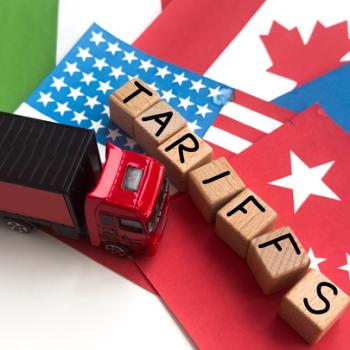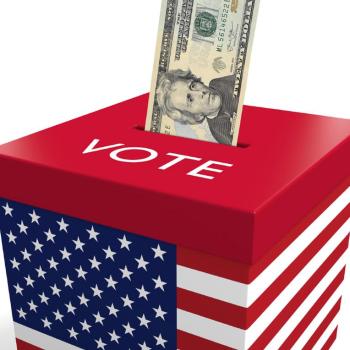
The Bureau of Economic Analysis (BEA) announced the U.S. Q2 2025 GDP growth figure of 3.8% on September 26, 2025, as part of its third and final estimate for the quarter. The numbers exceeded the forecasted 3.0% growth in July of this year. Let’s take a look.
Q2 2025 GDP Results
The 3.8% GDP growth in the U.S. during Q2 2025 was driven by a few key factors, with consumer behavior and trade dynamics playing central roles. Here’s a breakdown of the major contributors:
- Strong Consumer Spending:
- Overall consumer spending rose at a 2.5% annualized rate, a sharp increase from just 0.6% in Q1. Services spending surged at a 2.6% pace, more than double the previous estimate. Key sectors included:
- Transportation
- Financial services and insurance
- Goods spending was also a factor, especially in motor vehicles and parts.
- Overall consumer spending rose at a 2.5% annualized rate, a sharp increase from just 0.6% in Q1. Services spending surged at a 2.6% pace, more than double the previous estimate. Key sectors included:
- Sharp Decline in Imports:
- Imports fell at a staggering 29.3% pace, significantly boosting GDP since imports are subtracted in its calculation.
- This reversal followed Q1’s import surge as businesses stockpiled ahead of anticipated tariffs.
- Domestic Demand – This core measure of domestic demand (consumer spending + private fixed investment) rose 2.9%, up a whole percentage point from earlier estimates.
While these numbers were good, some issues may indicate problems:
- Private investment declined, including a 5.1% drop in residential investment.
- Business inventories fell, subtracting over 3.4 percentage points from growth.
- Federal government spending dropped at a 5.3% pace, continuing its Q1 decline.
- Private goods-producing industries saw a 10.2% increase in real value added.
- Private services-producing industries rose 3.5%.
- The Government sector contracted by 3.2%.
- Inflation rose from 2.3% in April to 2.7% in June, gradually climbing over the quarter. Inflation in Q2 didn’t spike dramatically, but the steady rise—especially in core categories—kept the Federal Reserve cautious. It added complexity to rate-cut expectations, especially as GDP growth surprised to the upside. The Fed cut rates by .25% in its September 17 meeting.
So What Does This All Mean?
A 3.8% GDP growth in Q2 sends a powerful message to the country: resilience, adaptability, and momentum are still alive in the U.S. economy. After a sluggish Q1 and widespread concerns about a slowdown, this rebound shows the economy can absorb shocks—whether from global trade tensions, policy shifts, or labor market fluctuations—and still push forward. Consumer spending, the backbone of U.S. growth, proved durable, especially in services and goods. The sharp drop in imports (nearly 30%) wasn’t a statistical quirk—it reflected strategic inventory shifts and tariff anticipation.
The Catholic View

While the numbers may be good news for America’s pocketbooks, what do they say about our nation’s hearts and priorities? I can imagine Jesus saying the following:
- You have grown in wealth, but have you grown in mercy?
- You have multiplied your goods, but have you multiplied your grace?
- The harvest yields abundance, yet many poor remain hungry.
- The grain silos are full, but many hearts are empty.
- Let your prosperity be a tool for justice, not a veil for pride.
- “For where your treasure is, there your heart will be also.”
How well are we taking care of others with our new found wealth?
- The number of abortions is still rising.
- Political violence, including assassinations, is up significantly.
- The ongoing immigration raids for the “worst of the worst,” meaning those who have criminal records or have committed crimes in the U.S., have been a major contributor to the violence.
- While it is too early to gauge the impact on the poverty rate for 2025, the “One Big Beautiful Bill” revised Supplemental Nutrition Assistance Program (SNAP) eligibility and limited increases to the Thrifty Food Plan. These changes could affect poverty metrics in the future, especially for households relying on food assistance.
Clearly, there is much work to be done. Overall growth is good news, but only in how we as a country choose to use it. Please share your thoughts about this article in the “Comments” section.
Peace
If you like this article, you might enjoy:
United Nations Under Fire From Trump’s Speech
Hate Speech: The Debate Around Free Speech
Christianity’s Role in American History Explained














